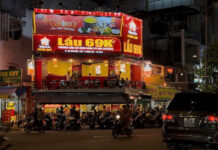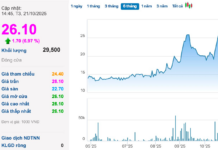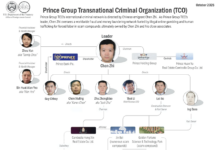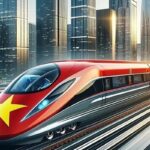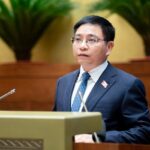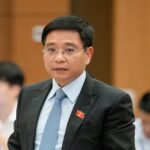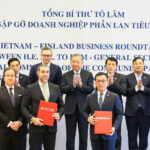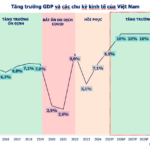On the afternoon of November 20th, the National Assembly discussed in the hall the policy of investing in the high-speed rail project on the North-South axis.
Speaking at the event, Delegate Ta Van Ha (Quang Nam Provincial Delegation) agreed with the investment policy for the project with the spirit of “discussing how to do it, not whether to do it.” This is the trend of national development and a strategic breakthrough for Vietnam to enter a new era of modern industrialization.
Regarding the overall planning, the delegate suggested balancing the harmony between different modes of transportation, including rail, air, water, and road. Currently, there are areas in the central region where almost every province has an airport.

Delegate Ta Van Ha. (Photo: quochoi.vn)
The delegate also emphasized that when constructing the North-South high-speed railway, careful consideration should be given to the efficient utilization of existing airports, roads, and waterways to prevent waste.
Regarding the ability to balance capital sources, the delegate stated that the project is part of the overall goal of becoming an industrialized country with a modern orientation and a high middle income by 2030. With only six years left, balancing capital sources to develop the socio-economy, key projects, and national target programs is a challenging equation to solve.
The delegate stressed the need for an efficient implementation plan, from technology selection to appropriate staging. Particular attention should be paid to the organization and execution to prevent cost overruns and future subsidies. We must ensure that the investment is not disproportionately large compared to the efficiency of its operation, which would require further subsidization.

Delegate Duong Khac Mai. (Photo: quochoi.vn)
Sharing the same viewpoint, Delegate Duong Khac Mai (Dak Nong Provincial Delegation) pointed out the challenges faced in implementing urban railway projects over the years, resulting in increased capital and prolonged completion times. This issue is also common in many other public investment projects. The delegate from Dak Nong also expressed concern about the investment capital for the project and requested the Government to provide more information on the ability to arrange and balance capital to meet the demand.
“How much capital will be allocated from the state budget, how much will be borrowed from foreign and domestic sources, and how much will be raised from investments from domestic and foreign enterprises and other sources? This information is necessary to assess the ability to repay debts and the endurance of the economy,” the delegate questioned. In addition, the project will require a significant amount of cement, steel, and sand over an extended period. Meanwhile, there are numerous upcoming highway and construction projects that will also demand these resources.
Based on these analyses, the delegate suggested that the Government carefully study and evaluate each specific issue to find effective solutions to overcome these challenges and ensure the project’s completion as planned.
The High-Speed Rail Revolution: Seamlessly Connecting Existing and Urban Transit Networks
The pre-feasibility report for the high-speed North-South railway line has envisioned seamless connectivity with existing railway lines and the master plan for urban railway networks in Hanoi and Ho Chi Minh City. This report, prepared by the Ministry of Transport, also outlines plans to connect major airports, seaports, and vital economic zones, along with potential links to the international railway network.
“A Visionary Transportation Project: High-Speed Rail Linking Vietnam’s North and South with an Estimated Investment of 67.34 Billion USD”
Continuing its agenda for the 8th session, on the morning of November 13, the National Assembly listened to the Report on the investment policy for the high-speed North-South railway project.
Crafting a Captivating Workforce for the High-Speed Rail Project: A Prelude to Success
The government proposes the construction of a new double-track railway with a standard gauge of 1,435 mm, electrified and designed for speeds of up to 350 km/h. The construction is slated to begin in 2027, and one of the key challenges is the preparation of a skilled workforce, which is estimated to require over 14,000 personnel.
“Presenting to the National Assembly: The Proposal for the High-Speed North-South Railway Project”
On the evening of November 6, at the National Assembly, right after the afternoon session of the 8th Session, the National Assembly Standing Committee met to discuss and provide opinions on the investment policy for the high-speed North-South railway project. The meeting was chaired by Mr. Nguyen Duc Hai, Vice Chairman of the National Assembly.
Breakthrough: From an Agricultural Province to an Industrial Powerhouse, Leading the Nation in Foreign Investment
This province, despite being the smallest in Vietnam, boasts an impressive array of top-ranking indicators in the country as of now.




